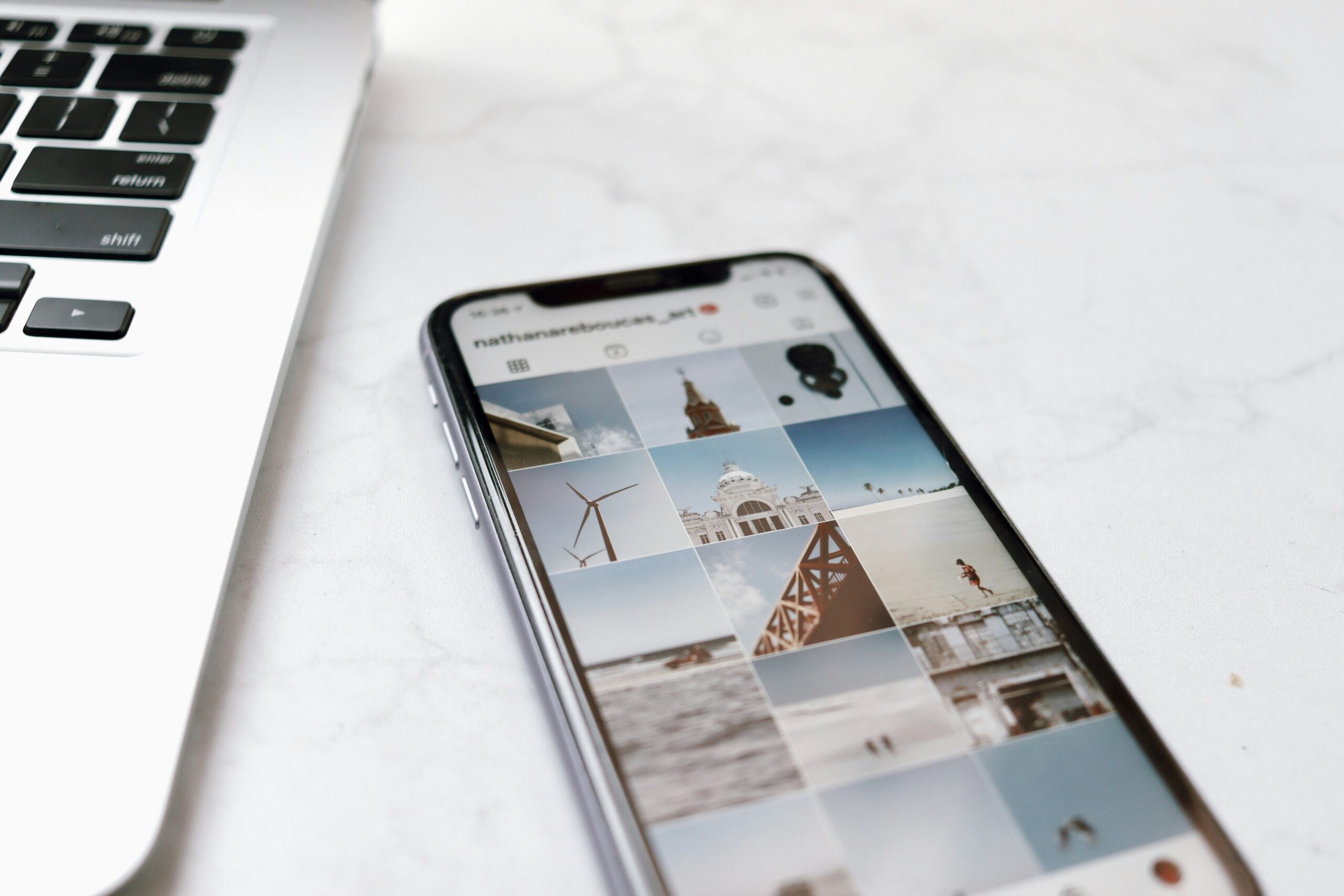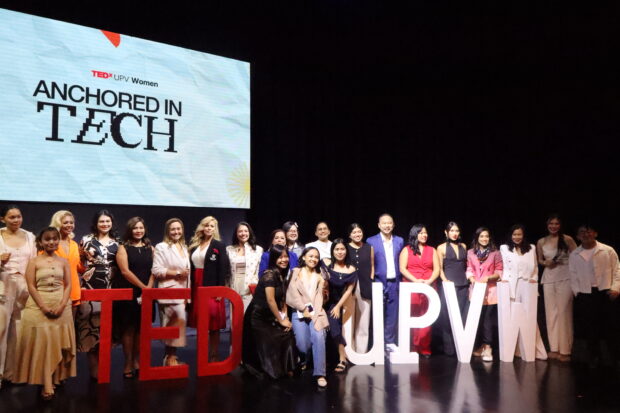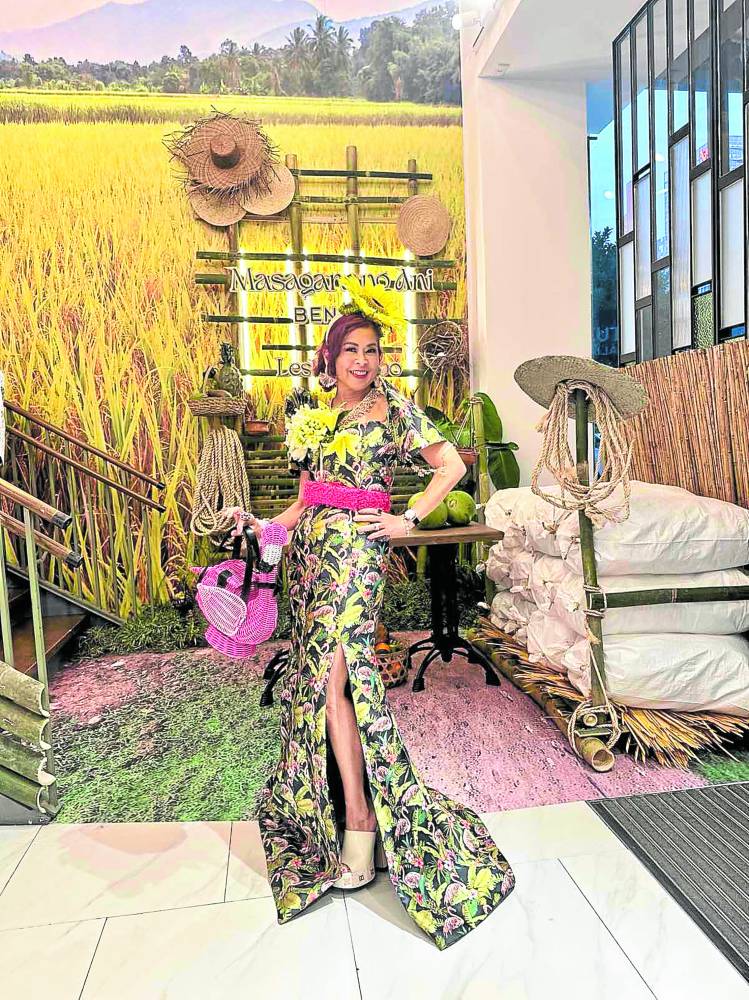When our favorite Qube Gallery decided to launch its new art space last March 19 with an exhibit titled “She Said,” featuring an all-female lineup of artists, we figured it was in celebration of March as women’s month.
We should have given Qube Gallery owner Maris Holopainen more credit than that. This living example of girl power, who employs an all-female staff at Qube, doesn’t need a reason to celebrate women.
“We just wanted to give recognition to women artists and their plight in a male-dominated art market,” she said.
“The selected women artists from across the Philippines represent the gallery’s vision of contemporary art that is culturally rooted and visually stimulating. The ‘She Said’ roster of artists is composed of senior, midcareer and emerging talents, and each one expressed the sentiments and experiences of women in their generation,” she added.
Curator Vicente Tan gave justice to the exhibit title in his notes: “We’d like to think that art could express what words couldn’t say. To me, a finished artwork indicates ‘already said.’”
He added: “While women’s beauty and form have been celebrated throughout the years, it took quite a while for their voices to be heard—specifically in the field of art. Women have been instrumental in art throughout the centuries, but it was mostly just in the form of a subject.”
With “She Said,” Qube turns the tables, shifting women’s roles from subjects to creators of art.
Here, we talk to the the seven women—Golda King, Gigi Ocampo, Yvonne Quisumbing, Maxine Syjuco, Palmy Pe Tudtud, Kitty Taniguchi and Jewelle Yeung—who lent their voices to the exhibit. We’re certainly listening now.
Golda King
Did you have any formal art training?
I graduated with a BFA in Painting at the Academy of Art University in San Francisco, California.
How long did you live in San Francisco, and how did the city influence your art?
I lived in San Francisco from June 2009 until October 2014. I lived in a studio with my cat Puppy in an old, rickety building in Lower Nob Hill.
Four short blocks down is The Tenderloin. There you meet all sorts of characters—screaming crackheads, starving artists, forlorn transients, rambunctious undergrads, harried tourists. It is dirty, stinky, strewn with used needles and a variety of excrement. But then, there are walls, four, five stories high that have been painted on by Nychos, Mike Shine, D Young V, Chad Hasegawa. There are art spaces in basements, in an underground music studio, on the rooftop. As one SF local said, “There is a vibrant art presence in this misunderstood part of San Francisco.”
There is art everywhere, in everything. I was always afraid of having to walk through The TL, but I also kind of liked it. It made me feel sad, angry, uncertain, lonely, lost, happy, content, lucky. I think it made me feel alive. And it made me want to paint. I needed to.
What do you think of the local art scene in Cebu?
The art scene in Cebu is raw, honest, humble, unassuming. Great artists abound in Cebu, and I have plenty to learn from them.
Gigi Ocampo
What made you decide to get into painting?
My passion for art. I’m also fascinated with the thought that art is a powerful tool for self-expression that can affect others.
How would you describe your art?
In a word, daring.
What is your hope for Cebuano art?
I hope our local government and community will strengthen their efforts to help promote arts and culture. Art may not fill our stomachs, but it definitely fills our souls.
Yvonne Quisumbing
Did you have any formal training?
My background is in drafting. I studied Interior and Fashion Design in PSID and Benilde. Both were intensive in drafting and mechanical drawing.
How has your experience in fashion design influenced your painting?
I’ve been designing since 1999 and, most of the time, designing clothes is a dance between you and the client. You compromise and work within boundaries. Painting for me is a rebellion to that process, where you’re free to explore your mind and express it on canvas. In a way, the two practices coexist with and complement each other.
Maxine Syjuco
Did you have any formal art training?
I graduated with a degree in Literature, and all of the art training that I have was learned from my home. Both of my parents (Cesare A.X. Syjuco and Jean Marie Syjuco) are experimental avant-garde artists, so I grew up constantly surrounded by (and immersed in) art.
From as early as I can remember, I never wanted to be anything else but an artist. Being an artist is the most noble and honest profession, one where the essence of humanity is completely unmasked and untamed.
How would you describe your art?
My art is rooted in a deep search for what truly lies within. As a woman, I often use themes that highlight the beauty in ugliness—fragilities that rise victoriously as strengths rather than weaknesses.
Heavily imbued with poetry, my art is a story-telling journey that reveals the most raw and real truths about the human condition.
Kitty Taniguchi
What made you decide to get into painting?
I guess you could say that it’s in the blood. It just came one day, and now art has become my way of life. My brother is an artist, as well as my daughter Maria.
Did you have any formal art training?
I didn’t have any formal training except that I read a lot and join some art discussions from time to time.
How would you describe your art?
Figurative and very personal.
Palmy Pe Tudtud
How would you describe your art?
In the beginning, my art was purely about self-expression; it was an extension of my personality, but as I got more involved in various art initiatives and advocacies, it transcended my personal concerns. I began to put a conscious effort in making my art meaningful and significant to society.
I always consider my artwork as a window for the public to see or not see, understand or misunderstand, or as an option for them to be part of an unfamiliar territory. Oftentimes people find my work surreal and liberating or disturbing. Either way, I consider these responses exciting and inspiring.
Jewelle Yeung
What made you decide to get into painting?
I’ve always been a bit of a dreamer, drawing and doodling everywhere, mostly figures and patterns. It wasn’t until I moved to the United Kingdom when I was 12 that I discovered painting and the endless possibilities that came from experimenting with color, chemicals and layers. Since then I’ve never turned back.
How would you describe your art?
I’ve always been moved by the power of nature as an uncontrollable force, specifically in geographical matter and climate change—the movement of the sea, the way the sky changes day in and day out, how time and the elements affect growth and decay.
My work focuses on the emotion brought out through dramatic events, be it waves crashing on a stormy day, the sun peeking out at dawn or a specific event that has happened in my personal life. I try to capture the energy of these events, while leaving traces of familiarity so as not to lose one’s self completely.










































